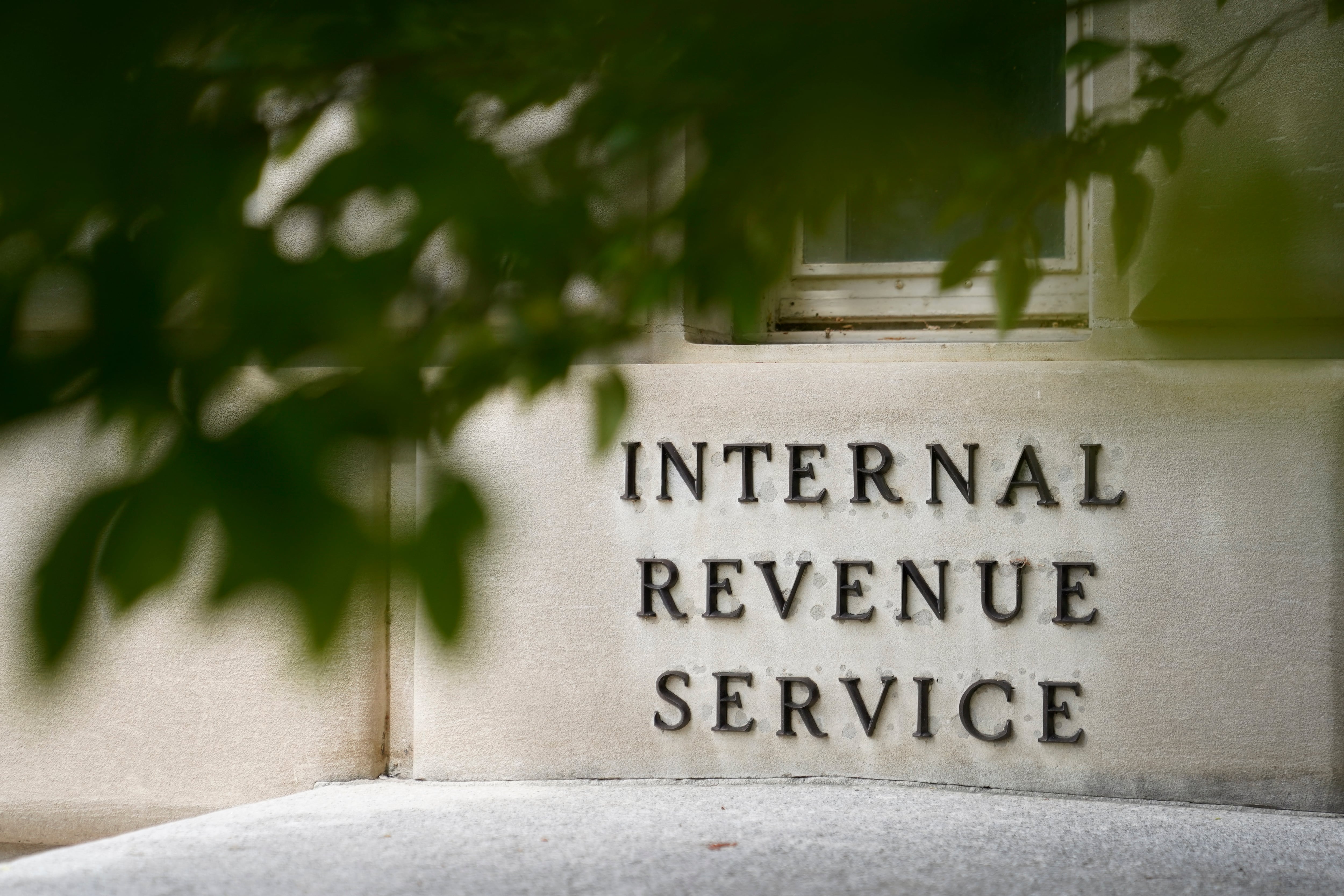By Tom Krisher and Ashraf Khalil
The U.S. government’s auto safety agency plans to require that all new passenger cars and light trucks include potentially life-saving automatic emergency braking and meet stricter safety standards within three years.
Wednesday's announcement by the National Highway Traffic Safety Administration represents the agency's latest move toward regulating electronic systems that take on certain tasks that drivers themselves have normally done. NHTSA has been reluctant in the past to impose such regulations, saying the technology will change during the time it takes to enact new rules.
Ann Carlson, the safety agency's chief counsel, says 90% of new passenger vehicles already include the braking technology under a voluntary program that automakers have approved. But she says NHTSA wants to make the braking systems more effective at higher speeds and better at avoiding pedestrians, especially at night.
The regulation proposed by NHTSA will require, for example, that the systems allow vehicles to fully avoid other vehicles at up to 50 miles per hour if a driver should fail to react. If a driver brakes some but not enough to stop a collision, the system would have to avoid hitting another vehicle at up to 62 mph.
“With this proposal, we could change a high-speed crash from a deadly one to a lower-speed crash with minor injuries or just property damage,” Carlson said.
The regulations will undergo a 60-day public comment period before NHTSA will decide on a final version.
The agency says the technology will dramatically reduce rear-end crashes, saving what it estimates would be at least 360 lives per year. It also will cut injuries by at least 24,000 annually, according to NHTSA's estimates, and reduce property damage from rear crashes.
The Transportation Department, which includes NHTSA, called the proposal an important step in the broader goal of reducing roadway deaths.
Though the number of people killed on U.S. roadways declined slightly last year, the agency said the 42,795 who died still represented a national crisis. Traffic deaths did slow slightly in the fourth quarter of last year, the third straight quarterly drop. But the pace was still close to 2021 numbers, the highest in 16 years.
With Wednesday's announcement, NHTSA is responding to rules approved by Congress in 2021 to require automakers to equip new passenger vehicles with automatic braking and other technology. Automatic emergency braking can detect objects in the way and stop or slow a vehicle, thereby preventing a crash or making it less severe.
Carlson said the new rule will require braking systems to spot pedestrians in the dark to potentially save the lives of walkers and cyclists. Pedestrian deaths, she said, are up 53% nationwide in the past decade, and roughly two-thirds of them occur when someone is struck by the front of a passenger vehicle. Carlson said all cars would be required to stop and avoid hitting a pedestrian at up to 37 mph.
Officials said many systems that automakers are installing will have to be improved to make them more effective in darkness.
William Wallace, associate director of safety policy for Consumer Reports, said he welcomed NHTSA's proposal as strong and justified.
“NHTSA is setting a high bar for safety, and using the tools at its disposal to get the auto industry to protect as many people as possible,” he said.
It may take more than camera-based systems for automakers to meet NHTSA's standards, especially at night or in inclement weather, Wallace said. Still, he said, many of the changes the agency wants can be achieved through software updates.
Consumer Reports has found that government safety requirements have not added much to the cost of vehicles once the prices are adjusted for inflation, Wallace said.
The Alliance for Automotive Innovation, an industry trade group, said in a statement Wednesday that it was still evaluating NHTSA's proposal.
NHTSA's new regulations will eventually supplant a 2016 voluntary agreement between the agency and 20 automakers to make automatic emergency braking standard on 95% of passenger vehicles by the end of the 2023 model year. But there were no standards specified in that agreement.
As of December, 15 automakers had included the technology standard on most or all of their new models. General Motors said Wednesday that automatic emergency braking will be standard on 98% of its new vehicles by Aug. 31, the end of this model year. The four remaining automakers were close to hitting 95% in December.
A study last year by The Partnership for Analytics Research in Traffic Safety found that the frequency of front-to-rear crashes was reduced 49% when the striking vehicle had forward collision alert plus automatic braking, compared with vehicles that lacked either system.
Automatic braking systems don't come without bugs, though. NHTSA has opened three investigations into systems from Tesla, Honda and Freightliner that activated the brakes for no apparent reason.
But Markus Price, NHTSA's division chief for visibility and injury prevention, said the new regulation is designed to reduce false braking by the systems.
“We’ve considered that in the rule,” he said. “We have a couple tests that help mitigate that.”
Krisher reported from Detroit.













